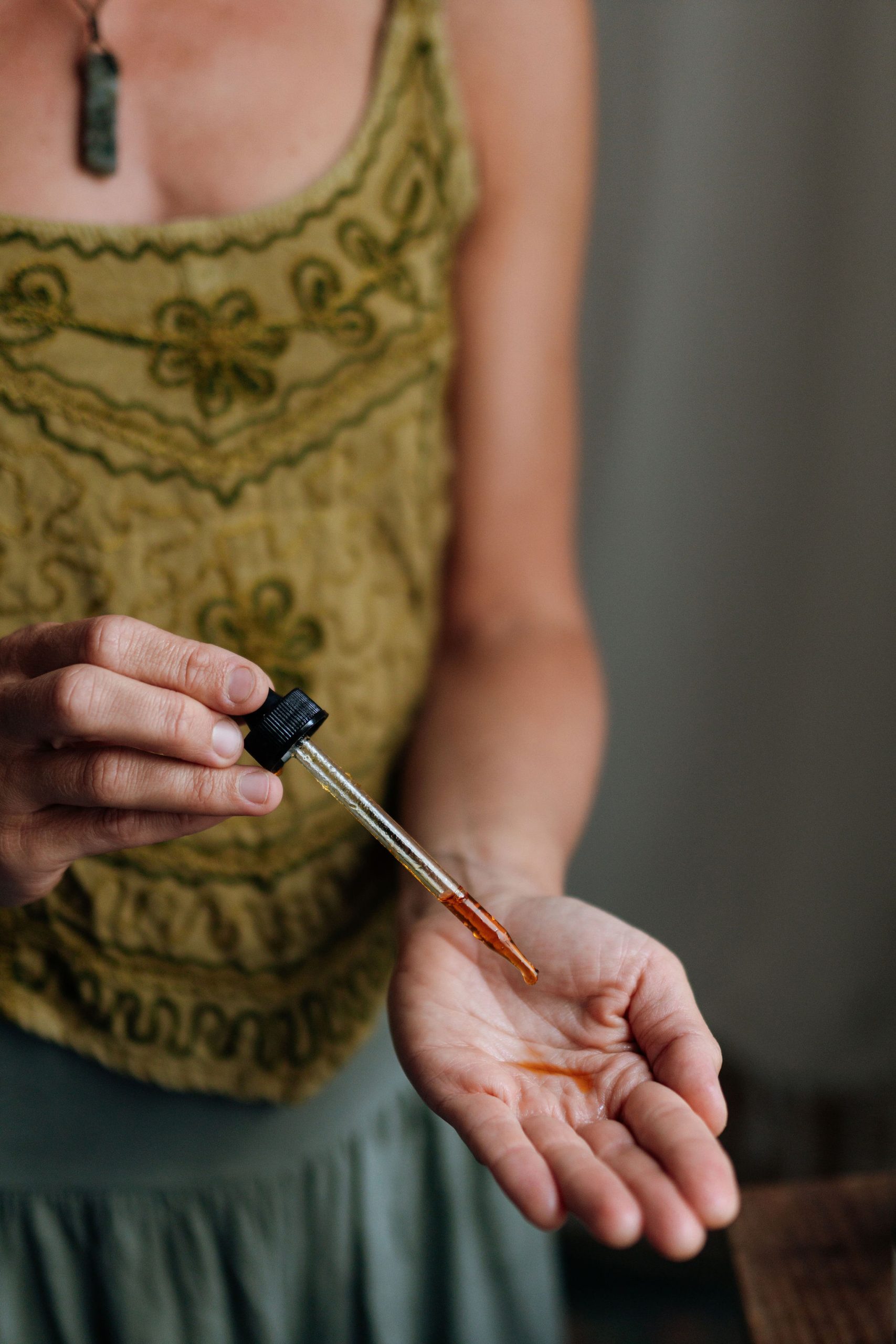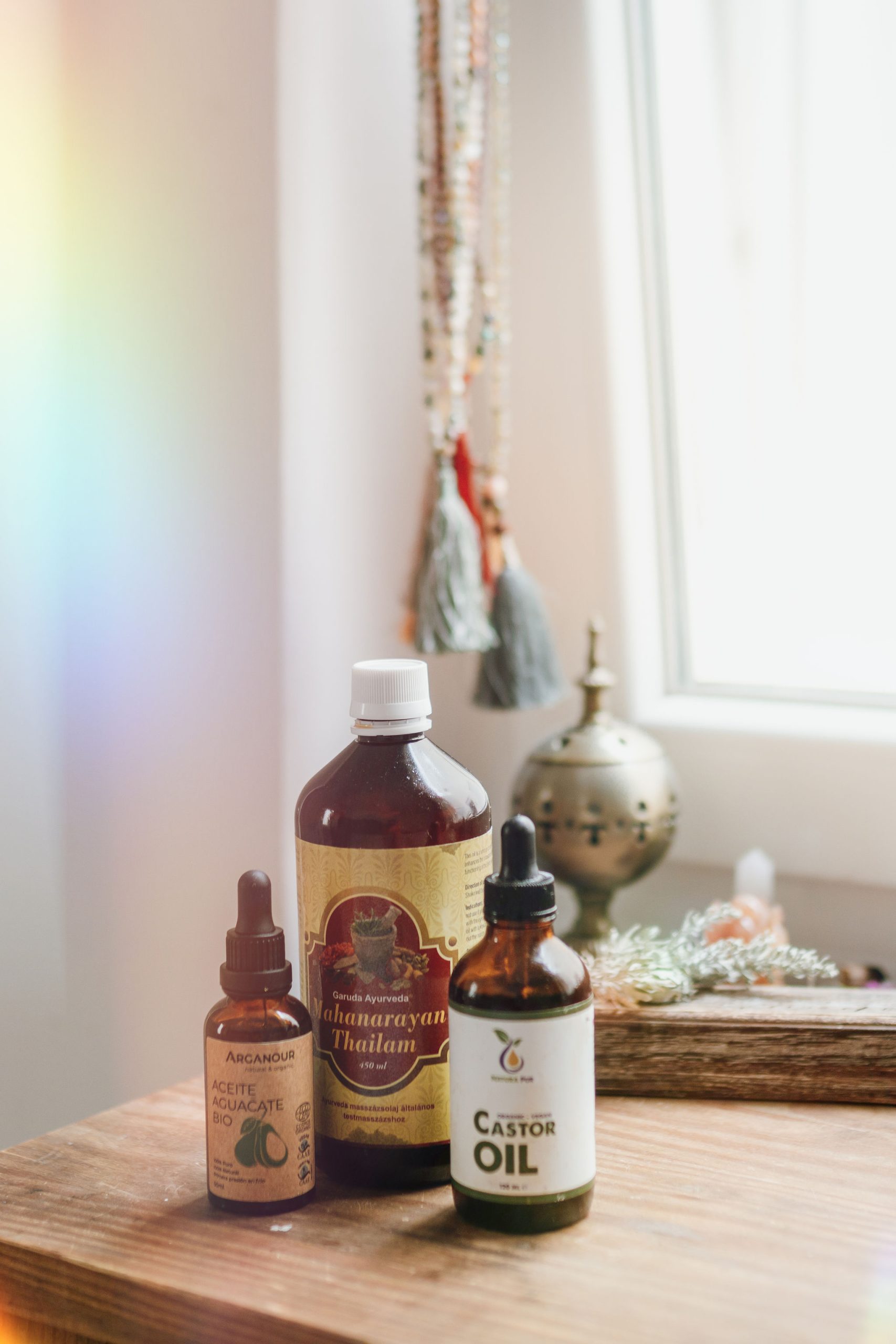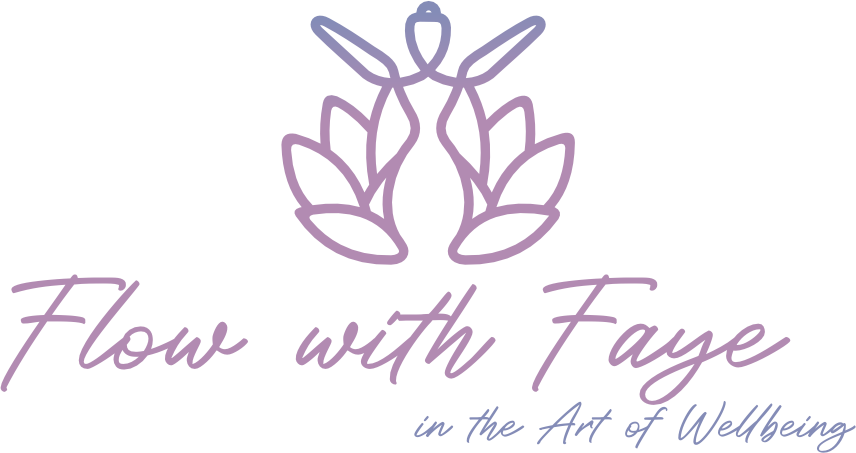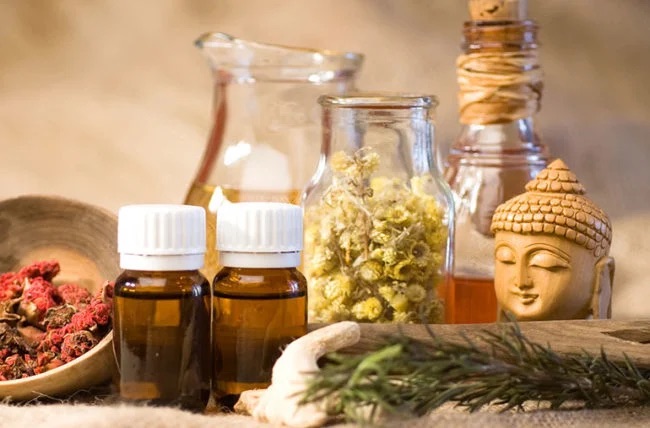
During abhyanga, you’ll need to wear minimal clothing or wrap a towel around your body…
Here’s the general technique of an abhyanga self-massage:
- Pour 1/2 cup oil in a clean, empty shampoo or squeeze bottle (or you can use a measuring cup). Put the bottle (or measuring cup) in a pot of hot water until the oil is warm.
- Apply the oil to your whole body, including the top of your head. Start at the top of the head, massaging the oil into your scalp, moving in circular motions.
- Continue to your forehead, ears, cheeks, and jaws.
- Massage your chest and abdomen, moving in clockwise and circular strokes. On your trunk, massage inward along your ribs.
- Continue to your back and butt. Massage in straight, long motions on your arms and legs. Move in circular motions on your joints.
- Massage your feet, including your toes and soles.
- Relax for 10 minutes to let your skin absorb the oil.
- Take a warm bath or shower. Use a gentle cleanser to remove the oil.
Which Oils to Use?
The best oil for abhyanga depends on your “dosha,” or body type. In Ayurveda, there are three doshas that determine which oils you need to encourage balance and health.
Here’s a general look at the doshas, along with their skin qualities and recommended oils:
- Vata (dry skin). Use heavy oils like almond, sesame, or avocado oil.
- Pitta (sensitive or overheated skin). Apply a neutral oil like ghee or sunflower oil.
- Kapha (oily skin). Use a light oil, such as safflower, sweet almond, or flaxseed oil. Typically, less oil is needed for kapha.
Each carrier oil can be used by itself or blended with another oil.



Thanks I have recently been looking for info about this subject for a while and yours is the greatest I have discovered so far However what in regards to the bottom line Are you certain in regards to the supply
Hello
Thank you for your kind feedback.
Please can you clarify what you mean by supply? Base oils such as almond or sesame or coconut and essential oils can be blended as per the individuals needs or preference.
I hope this answers your question.
Namaste